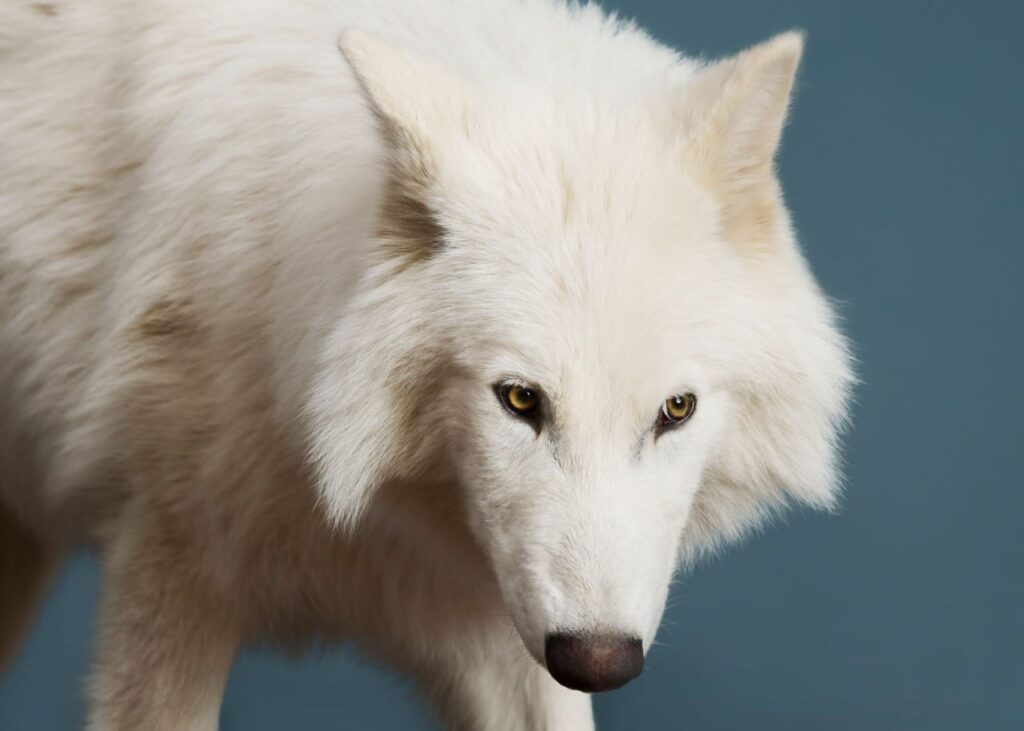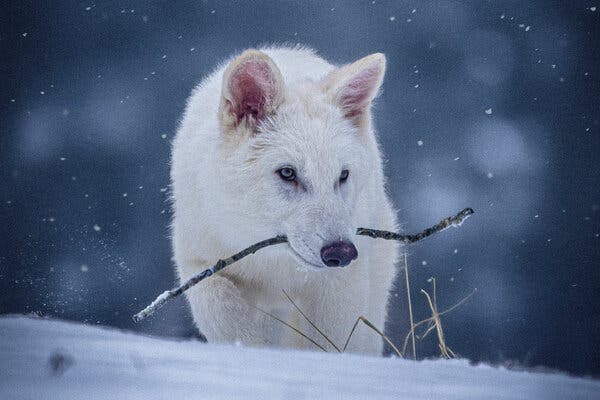In a groundbreaking announcement this week, biotech company Colossal Biosciences revealed it has successfully created a creature closely resembling the extinct Dire Wolf, a fearsome predator from the last Ice Age.
Dire Wolves, once apex predators in North America, disappeared around 10,000 years ago during the mass extinction at the end of the Pleistocene epoch. Unlike the modern gray wolf, Dire Wolves belonged to a distinct evolutionary branch that split from other canines over 2.5 million years ago.
While Colossal’s achievement is being hailed as a breakthrough in de-extinction technology, it’s important to note that this isn’t a 100% genetic recreation. Instead, the company genetically modified gray wolves, introducing selective traits from the Dire Wolf lineage.
According to Colossal, the revived animal underwent 15 targeted genetic modifications, although their internal research previously suggested 20 would be necessary to fully replicate the Dire Wolf’s distinct features. The company has yet to release the complete list of genetic changes, prompting questions about how closely this new animal matches its ancient ancestor.

Some of the most significant changes focused on size and coat color. Researchers introduced gene variants associated with larger body size and light-colored fur—features believed to have defined the Dire Wolf’s appearance. Interestingly, the gene variant used for increasing size was taken from large gray wolves, not directly from Dire Wolf DNA.
However, scientists and ethicists have raised concerns. With Colossal holding back key genomic data, some experts argue that this might be more of a biotechnological spectacle than a true resurrection. Critics question whether focusing on appearance rather than ecological function aligns with the broader goals of conservation biology.
Still, the symbolic return of a legendary Ice Age predator raises fascinating questions: Can we bring extinct species back responsibly? And should we?






